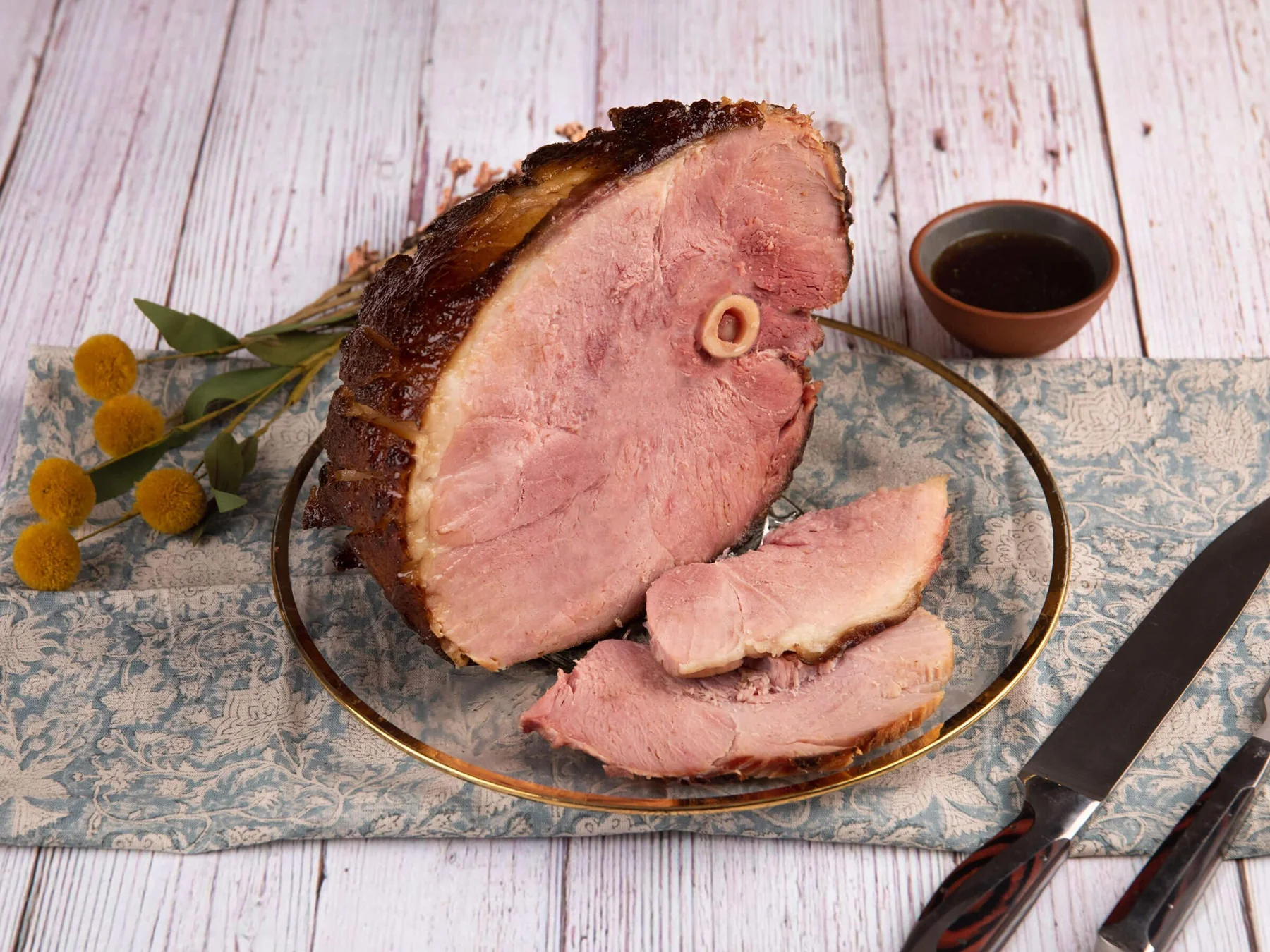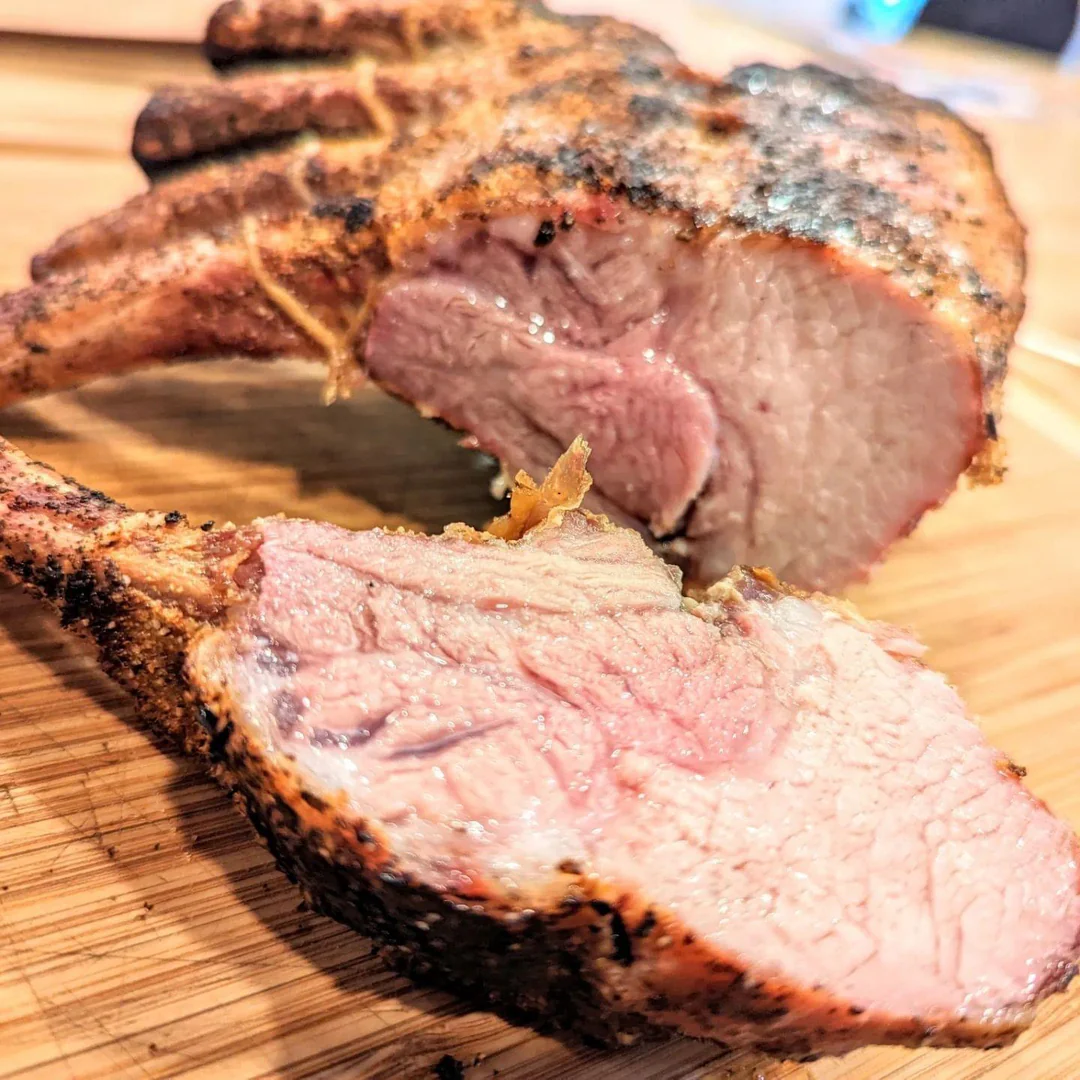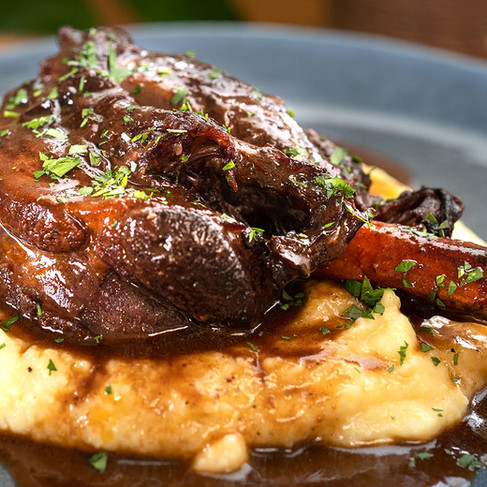OUR FANTASY MENU, PART I
- DannyM

- Mar 28
- 7 min read
Updated: Apr 3
If this site were a fancy restaurant, here's a list of the entrees we'd offer.

No, this is never, EVER gonna happen... but we know what we'd serve if it did.
I've been hosting Danny's Table for three years. I've been cooking for a hell of a lot longer than that, always searching for the best possible way to cook the best possible ingredients... which, of course, I've endeavored to purchase at the best possible price. After all I've learned, IF I were to open a restaurant for our small but devoted flock of DT followers (an insurmountably huge "if") here's what would be on the menu.
But first, for our list here we have three parameters--
1.) Main courses only, in the interests of brevity. (Sorry, oyster lovers.)
2.) FINE dining. While I'm always delighted to explore the deliciousness of, say, Chili and Drumsticks, let's imagine that we're trying to impress, I don't know...,new in-laws-to-be or something. Therefore, this restaurant wouldn't have a TV in the bar area with the hockey playoffs airing, nor the nibbles that traditionally pair with such athletic events and draft beer.
3.) First the complete menu, then the explanations. (BTW, we find cringe-worthy the current trend of virtue-signalling menus that include the name, address, and zodiac sign of every farmer of every single ingredient. We prefer succinct and actually useful descriptions to unnecessary elaboration and detail.)
4.) And finally, we're keeping it wine-friendly. Somewhere out there reposes a perfect bottle for each of these dishes, and we'll recommend a few pairings.
So, here goes--
PORK
Smoked Mangalitsa Ham w/ Sweet Mustard Clove Glaze
Roasted Rack of Iberico Pork
Dry-Brined & Pan-Seared Kurobuta Pork Chops
LAMB
Roasted Rack of Australian White Lamb
Red Wine-Braised Lamb Shank
BEEF
Wagyu Prime Rib faux jus
Seared & Roasted Filet Mignon w/ Madeira-Mushroom Sauce
FOWL
Lemon-Infused Organic Chicken Breast
Firehouse-Style Smoky BBQ half Game Hen
Duck Duo-- Seared Breast & Leg Confit
SEAFOOD
Roasted Salmon Fillet w/ Cucumber Dill Salsa or Dill Beurre Blanc
Sea Scallops "Coquilles St. Jacques" w/ Shiitake Mushrooms & Spinach
Lobster Pasta
Broiled Sablefish Teriyaki
VEGGIE OPTIONS
Pasta Primavera
Ratatouille
* * * * * * * * *
Smoked Mangalitsa Ham, Roasted Iberico Rack, and a Kurobuta Chop awaiting its dry marinade
PORK deserves its own category with THREE selections? Yes... because three wonderfully delicious heritage breeds-- Mangalitsa from Hungary, Iberico from Spain, and domestically-farmed Kurobuta/Berkshire-- are now easily available online, and each has its own optimal preparation. (See PORK GOES PRIME TIME for further info and purchasing links.) Smoked Ham provides a rare opportunity for pairing a dish with Gewürztraminer, while proper wines for the other two can run the gamut from Riesling to Pinot Noir.
Roasted Rack of Lamb and Braised Lamb Shank
AUSTRALIAN WHITE LAMB-- notable for its unparalleled tender richness-- has only very recently become available in the USA, and so its availability is still a little sketchy. A company known as THE WAGYU SHOP has taken the lead as an importer, while in Alabama the FAGERMAN FARM is now raising this breed domestically. Truth be told, breed matters more with an exquisitely roasted Rack of Lamb than with long-simmered Lamb Shanks, so we recommend you shop accordingly. Rack of Lamb is wonderful with a drizzle of demi-glace-based wine sauce enhanced with lamb-friendly herbs like rosemary, while the shank makes its own sauce during its lengthy simmer.
Cabernet Sauvignon- and Merlot-based reds are traditional with roasted lamb, while the deeper flavors of the braised shank are call for Syrah and other gutsy Rhône-style reds.
Two EPIC and very different beef dishes-- Prime Rib and Tournedos Rossini
We propose to offer two extremes of BEEF-- at the risk of sexist stereotyping, a hulking slab of Wagyu Prime Rib for the gentleman, and a far more elegant portion of tenderloin for the lady. (I personally observed this gender divide night after night as the sommelier in a swanky Boston steakhouse, so there.) Regular readers surely realize that we've made perfecting Prime Rib cookery one of our central missions; HERE is our comprehensive compendium of what we've learned. The tenderloin, meanwhile, is the smallest and dearest cut of most any mammal. Accordingly, portions thereof merit special attention, careful preparation, and your fanciest sauce. (See CHATEAUBRIAND for detailed info and also a link to the sauce-making essay.) As with the aforementioned pair of contrasting lamb dishes, the specific breed-- like Wagyu-- matters more with Prime Rib than with Tenderloin.
Your favorite red-- whatever it is-- will certainly feel welcome beside the Prime Rib. The Tenderloin, meanwhile, might require a pickier match depending upon your sauce of choice. One must be careful to avoid overpowering tenderloin's relatively shy flavor profile. When in doubt, a Californian Pinot Noir is a safe go-to red for just about any version of beef.
Duck Two Ways, Lemon Chicken, and Firehouse-Style BBQ Game Hen
While the white meat/dark meat divide among chicken lovers runs deep, the disparity between duck breast and duck leg is even greater. And so while the "crispy half-duck" is still a thing, many upscale restaurants currently offer a plate of duck cooked two very different ways-- the breast seared medium-rare (or even rare) and confit of the leg. (See our essay Duck Confit.) The Syrah and other Rhône-style reds that we recommended with the Braised Lamb Shank also pair perfectly well with duck.
There are hundreds of "Lemon Chicken" recipes online, so we'll defer to your google search and personal preferences and focus instead on sourcing. (Many of the recipes I found call for flour, which can easily be avoided.) Your diligent search will turn up a few sources of heritage breed chicken, which is typically quite expensive. Fortunately, most quality supermarkets offer "organic" and/or "air-chilled" options of the usual breeds. And many of the usual suspects in mail-order meat offer chicken specifically raised for those of us willing to pay a little more for better ingredients. (See the meat section in our essay OUR FAVORITE THINGS.) NOTE: Although many of us enjoy the crispy deliciousness of Roast Chicken skin, this Lemon Chicken Breast is more elegant and works best as boneless and skinless.
And yet we chicken skin lovers needn't despair... who among us doesn't LOVE great Barbecued Chicken? In 1950, a Cornell University professor of Animal Sciences named Dr. Robert Baker published his recipe for "Cornell Chicken," which quickly became a foundational basis for all manner of outdoor chicken cookery... particularly that scrumptious staple so often served at your local summertime firehouse cookout. For our menu here we swap in the small and delicious version of chicken sold as Rock Cornish Game Hen. The large ones are the perfect size to split in half for two elegant portions.
Which brings us to seafood, as well as the end (for now) of my supply of suitable photos. (We will have the rest of them available for Part II.)

Roasted Salmon Fillet, Summer Version
Salmon occupies a special place in the western culinary canon... quite understandably, given its unique and eye-pleasing ("salmon-pink") hue, its sumptuously delicious and healthy content of unsaturated fat, and its affinity for flavors such as wood smoke, fresh dill, and Sauvignon Blanc. Due to decades of over-fishing and dam construction, fishing for Atlantic Salmon was outlawed in 1948... which is why the only Atlantic Salmon you'll see in a store is farm-raised and thus is available year-round. (If a restaurant calls it wild or "line-caught," they are lying.) Meanwhile, the Pacific breeds-- Sockeye, Coho, and Chinook (a.k.a. King)-- are available fresh during their specific seasons and frozen (or previously frozen) the rest of the year. A tiny amount of Chinook/King Salmon may appear in markets as "incidental catch" throughout the year.
For the salmon on our hypothetical menu we turn to an outfit named Ora King that offers an ultra-premium version of pristinely farm-raised Chinook/King from New Zealand. The Maine-based BROWNE TRADING COMPANY will sell you a fresh (never frozen) 2.5-3lb side for $125, or two 8 oz. frozen portions for $45. Alternatively, high-quality farmed Atlantic Salmon will work just fine. Look for certified organic, responsibly-produced offerings from the North Atlantic-- as in Canada, Iceland, Scotland, and Norway. We recommend avoiding Atlantic salmon from Chile.
The cooking part is stupid-easy– pre-heat the oven to a temperature somewhere between 400ºF and 425ºF. Place salmon portions skin side down on foil in a heat-proof dish and then rub the exposed flesh with pure-grade olive oil. Roast for 13-15 minutes, and then check for “wiggle.” Cook more as needed, mindful that high-quality salmon is much better slightly under-cooked than over-cooked. After a single practice session with one fillet, you should be able to correlate your preferred degree of done-ness to an accurate cooking time. (I timed a test piece of fairly thick farmed Atlantic salmon and it was perfect after exactly 15 minutes at 400ºF.) If you’re keeping score with an instant-read thermometer, shoot for 120º-125º, definitely not higher. Because you didn’t oil the skin, it will conveniently adhere to the foil as you lift the cooked salmon with a spatula.
If you opt for Beurre Blanc, HERE is a really good recipe... just add chopped fresh dill. For a hot weather dinner you might rather serve this salmon atop a cool green salad. If so, here are the ingredients for the salsa in the photo above–
½ Cup Extra Virgin Olive Oil
2 TSP Dijon Mustard
1 TSP Lemon Juice
1 TSP White Wine Vinegar
5-6 Quarter Spears of FRESH Dill Pickles, Finely Diced
1 Cup (or less) Diced Red Onion
1 Cup Finely Diced Fresh Cucumber
1 Large Pinch of Chopped Fresh Dill
A Twist or Two of Fresh Ground Pepper
Stay tuned for Part II and the remaining five entrees.






















Comments